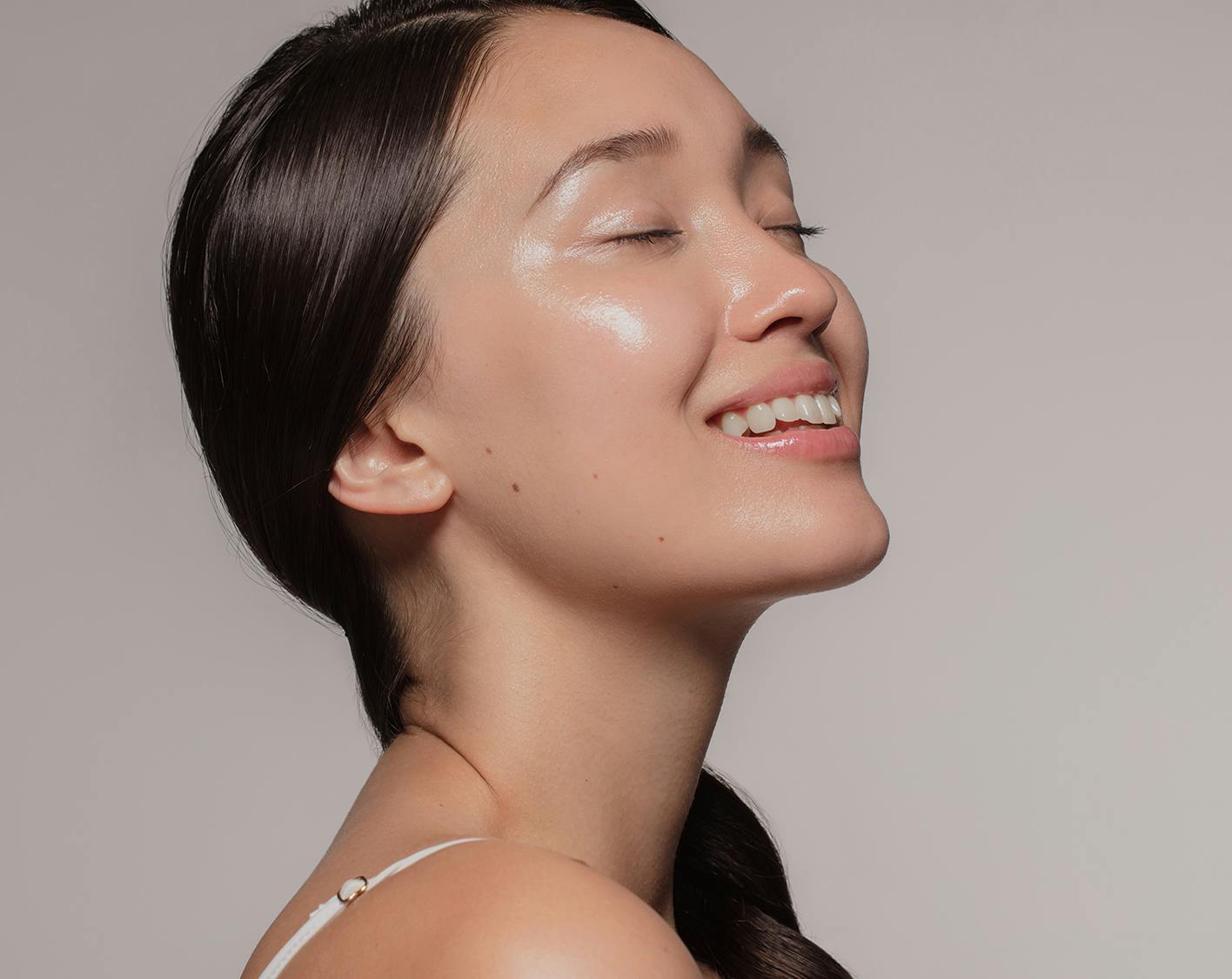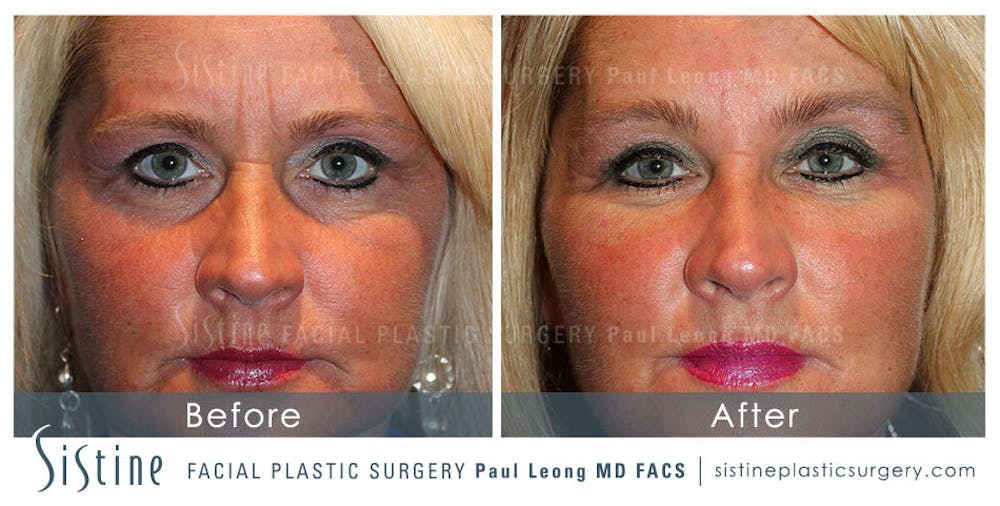Can I go back to work after getting fillers?
Yes, facial fillers require minimal downtime. Some mild swelling or bruising may occur, but most people return to work or their daily routine immediately.
What's the difference between Botox and fillers?
Botox relaxes the muscles to reduce wrinkles, while fillers add volume beneath the skin to smooth lines and enhance facial features.
Are there natural alternatives to facial fillers?
While some skincare products and treatments can help skin look healthier, they can't provide the same immediate or dramatic results as fillers.
How long do facial fillers last?
The longevity of facial fillers depends on the type used and the treatment area. Most fillers last between 6 months to 2 years before requiring maintenance treatments.
Are facial fillers safe?
Yes, facial fillers are generally safe when administered by a qualified and experienced professional. Side effects are typically mild and temporary, such as swelling, redness, or bruising.
What are the side effects of facial fillers?
Common side effects include mild swelling, bruising, redness, and tenderness at the injection site. Rarely, complications like lumps, asymmetry, or infection may occur.
Do facial fillers hurt?
Most facial filler treatments are minimally painful. Many fillers contain lidocaine, a numbing agent, and topical numbing creams may also be applied to enhance comfort.
How soon will I see results from facial fillers?
Results are typically visible immediately after the procedure, although minor swelling may temporarily obscure the final outcome. Full results are usually apparent within a week.
Can facial fillers be reversed?
Yes, hyaluronic acid-based fillers can be dissolved with an enzyme called hyaluronidase if necessary. Other types of fillers may not be reversible and require natural metabolization.
How long does the procedure take?
Most facial filler treatments take 15-45 minutes, depending on the areas being treated and the number of injections required.











